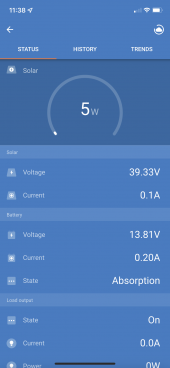First off, I would recommend doing some studies on how to do voltage drop tests. It's where you place a voltmeter + and - leads in series, around an area of the circuit (like at two points where there is a cable, or a fuse holder, or something you want to test for loss, in that section between), in order to isolate a voltage differential between the beginning and the end of a point (indicating the amount of voltage drop being introduced in within that section of the circuit).
If you can go around the circuit all the way (both positive and negative sections of the circuit, find all the voltage drops, they should all add up to amount to your complete voltage drop seen across the whole circuit.
Work at finding where the deficiencies are (areas adding the most voltage drop) and correcting or improving all the voltage drops to help lower the overall circuit voltage drop being seen. Maybe larger cables, fixing bad connection points, optimizing component conductor materials (like bus bars, fuseholders, etc).
Then, I personally would recommend (me coming from Victron ecosystem myself), to get a BMV-712 battery monitor which will provide a voltage, current, and temperature measurement point right at the shunt they have you install (close to the battery), where the charger can read from remotely (via bluetooth or VE.Direct network connection).
Once installed, you go into the Victron Connect app, create a Group, add both the BMV-712 and your Victron Charge Controller to the group, and then the charge controller will read voltage from the shunt instead of itself.
So that also helps reduce the differential between what the charger would perceive as the voltage, since it would see voltage being sampled from the shunt, which would be mounted close to the battery bank.
That's how I would probably tackle the situation (well, that's how I use my system now, except I have 2 charge controllers in that network group, so they both read from that shunt and stay in charge cycle sync with each other).
I don't know if you have the Blue Solar or the Smart Solar, I have the latter, and they have a bluetooth module built right into them, so they connect seamlessly to the BMV-712 without having to buy the external Victron bluetooth module or anything (so I don't need a cabled VE.Direct connection there).




